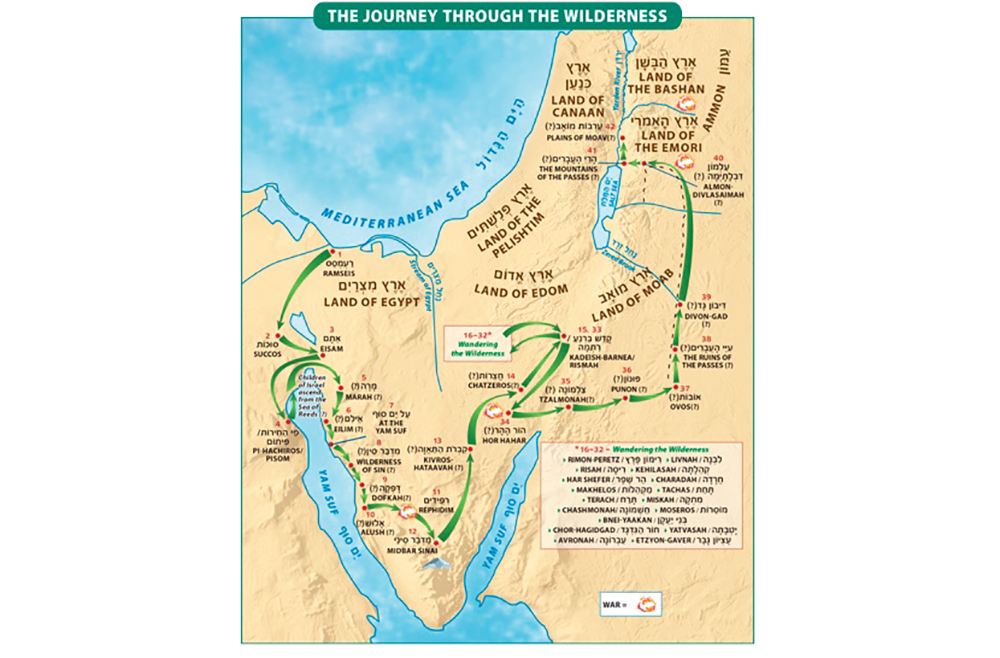
Finding Seforim a New Home
Six years ago, I shared some of my experiences organizing Tifereth Israel’s Used Seforim Sale (https://jewishlink.news/finding-old-books-a-new-home/). Attempting to recreate that successful event six years later

Six years ago, I shared some of my experiences organizing Tifereth Israel’s Used Seforim Sale (https://jewishlink.news/finding-old-books-a-new-home/). Attempting to recreate that successful event six years later

Six years ago, I ran a used seforim sale at Tifereth Israel (the Tif) in Passaic, trying to help as many neglected seforim as possible

In Al Hanisim, when we thank God for saving us, Haman’s intent is quoted. He wanted “to destroy, kill and wipe out all of the

Reviewing: “The Book of Torah Timelines, Charts and Maps” by Rabbi Avrohom Biderman. ArtScroll/Mesorah Publications. 2024. 115 pages. ISBN 13: 978-1-4226-4064-7 (English Hardcover), 4065-4 (English

Although the Torah tells us that no one knows where Moshe was buried (Devarim 34:6), this is preceded by the Torah telling us that he

What does “Azazel” refer to? Based on the context of the four times the word appears in Tanach—all of them in Vayikra 16 regarding the

After Moshe taught the song of Haazinu to the nation (Devarim 32:42), God told him to go up to Har Nevo and see the land

Several months ago, I discussed the “other” Mishkan, Moshe’s expanded tent that operated not only as a Beis Midrash where Moshe taught the nation the

The location of Har Gerizim and Har Eival would seem to be rather straightforward—and not just because there are mountains with those names in Israel

We first met Ammon and Moav in Sefer Bereishis (19:36-38), had a rough encounter with Moav in Sefer Bamidbar (22:2-4, 25:1-3), were told in Sefer

Moshe designated three cities on the eastern side of the Jordan River as Cities of Refuge (Devarim 4:41-43) and commanded the nation to designate three

The Torah mentions the borders of the Promised Land five times, but only gives specifics once. The other four times, the markers provided are quite